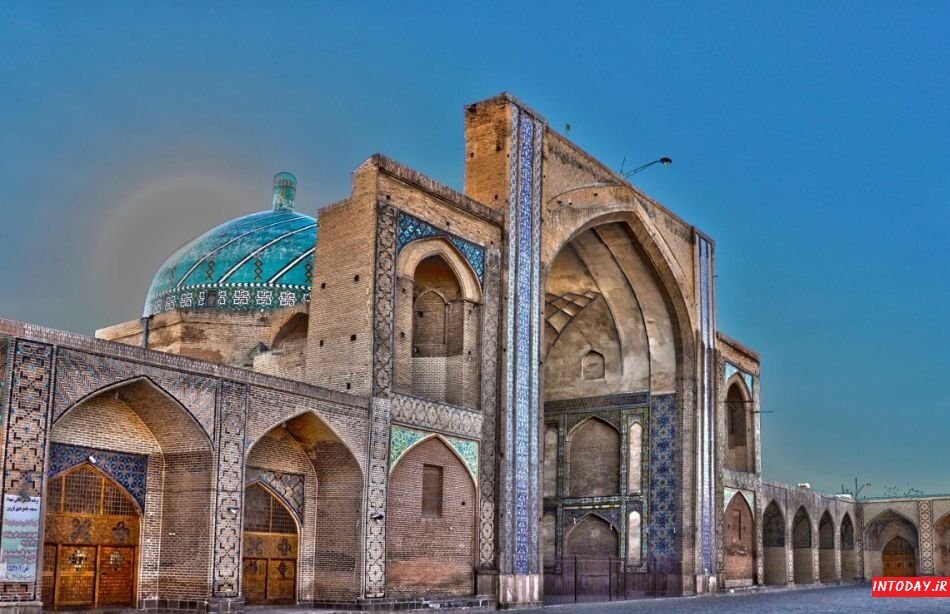Tilework reinstalled on Atiq Mosque after restoration

TEHRAN – A team of restorers has reinstalled blocks of tilework, bearing Arabic scripts, floral, and geometric patterns, on the façade of the ancient Atiq Mosque in Shiraz.
The restoration project was carried out by experienced restorers under the supervision of cultural heritage experts, according to Fars province’s tourism chief.
The Friday Mosque of Shiraz, also known as the Masjed-e Atiq, was first built in 875 during the reign of Saffarid ruler Amr b. al-Layth (878-900). It was rebuilt, restored, and expanded various times thereafter.
Most of the present-day structure -- a four-iwan courtyard mosque -- dates from the seventeenth century. Damaged by numerous earthquakes, it was repaired and restored extensively after 1935.
There are some Shabestans (subterranean halls) and beautiful tilework on the ceilings of this building, which give it a unique charm. It is located in the east of the Shah-Cheraq shrine.
Celebrated as the heartland of Persian culture for over 2000 years, Shiraz has become synonymous with education, nightingales, poetry, and crafts skills passed down from generation to generation. It was one of the most important cities in the medieval Islamic world and was the Iranian capital during the Zand dynasty from 1751 to 1794.
Shiraz is home to some of the country’s most magnificent buildings and sights. Increasingly, it draws more and more foreign and domestic sightseers flocking to this provincial capital.
Shiraz is also home to some magnificent historical gardens such as Bagh-e Narenjestan and Eram Garden, which are top tourist destinations both for domestic and international sightseers.
ABU/AM
